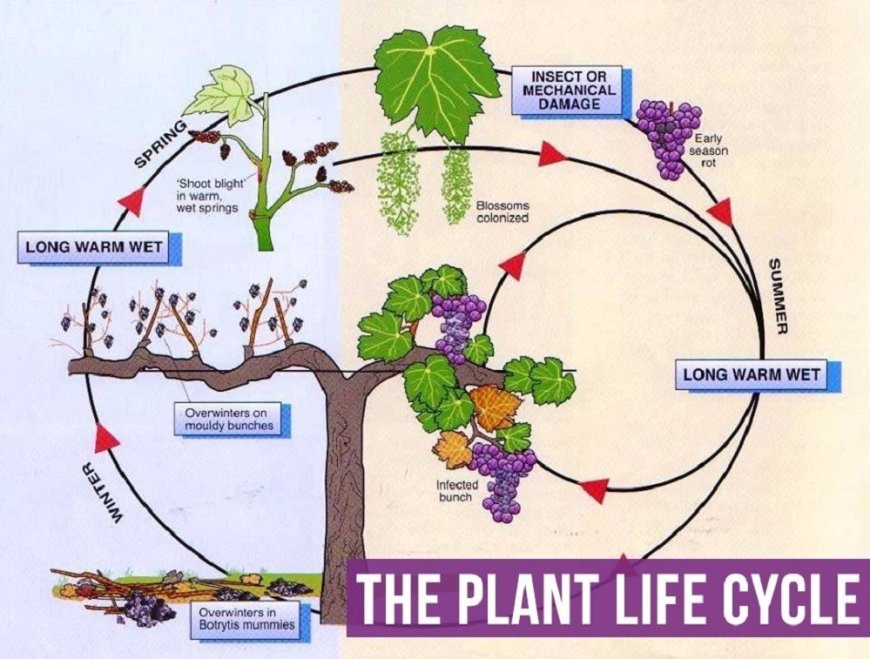Introducing children to the life cycle of plants
plant goes from the beginning of its life to the end, when the process begins again. Introducing children to the life cycle of plants.

Plants have a life cycle, like humans and other animals. The life cycle of a plant describes the stages through which the plant goes from the beginning of its life to the end, when the process begins again. Introducing children to the life cycle of plants.
Seed
The life cycle of a plant begins with seeds. Some non-flowering plants, such as ferns, begin with spores. You are probably familiar with the seeds and may have even eaten a few, such as sunflower seeds or pumpkin seeds.
The seeds have a protective coating called the shell. The shell contains everything you need to start a new plant. Inside the seed coat is the embryo, which becomes a new plant, and the endosperm, which provides nutrients to the embryo. The seeds are sprayed or spread in different ways. Some are blown by the wind. Others float on water. Still others are carried by birds, bees, other insects or on the fur of animals. Some are even eaten by animals and spread through waste. And, of course, people plant seeds for their fruit or to make their lawns attractive.
As soon as the seed reaches its destination, the next stage of the life cycle begins.
Germination
You need to grow four things for the seeds: oxygen, moisture, sunlight and the right temperature. When the right conditions are provided for the seeds, they will begin to germinate. The roots break through the seed coat and begin to germinate in the soil. This process is called germination.
Seedlings
A small, fragile young plant called a seedling will then emerge from the ground and begin to grow toward sunlight. The seedling receives many of the nutrients it needs to grow from the soil through its roots. The seedling also receives nutrients from the sun. The leaves of the plant contain a green pigment called chlorophyll. This pigment uses sunlight, water and carbon dioxide to produce energy for the plant in a process called photosynthesis.
Adult plant
Photosynthesis helps the seedling to grow into a mature plant. The mature plant gives flowers that ensure the continuation of the life cycle.
Must Read: No experience? That™s how you get the job anyway
The mature plant has leaves, roots and stem. The roots extract nutrients and water from the soil. They are transferred to the plant by the stem, which also serves to support the plant. The leaves create energy through photosynthesis.
A flower is a part of a plant that is necessary for reproduction. It consists of many different parts. The petals are usually bright and colorful to attract insects that help in the pollination process.
The stamen is the part of the plant that produces pollen. Pollen is a powdery substance, often yellow, that contains half of the genetic material needed to create a new plant.
The stigma is the part of the flower that receives pollen. It contains the eggs of the plant. The eggs become seeds when they are fertilized with pollen.
Pollination
The process of getting pollen from the stamen of one plant to the stigma of another is called pollination. Pollen can be carried by wind, but often insects carry it from one flower to another. Some types of bats even help in the pollination process.
Bees, butterflies and other insects (or bats) attract flowers with colorful petals. Insects drink nectar (sweet liquid) produced by flowering plants. While the insect crawls around the plant, drinking nectar, pollen gets on the legs and body. When an insect flies to another plant to drink more nectar, part of the pollen of the first plant settles on the second plant.
Remember, pollen contains half of the genetic material needed to make a new plant. The eggs located in the stigma contain the second half. When pollen reaches the plant's eggs, they are fertilized and become seeds.
Then the fertilized seeds of the plant are scattered by wind, water or animals, and the whole process begins again.
